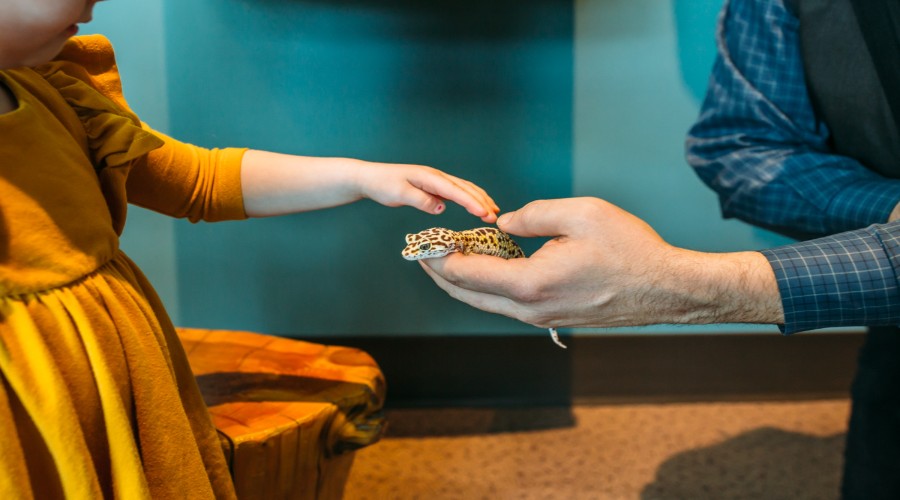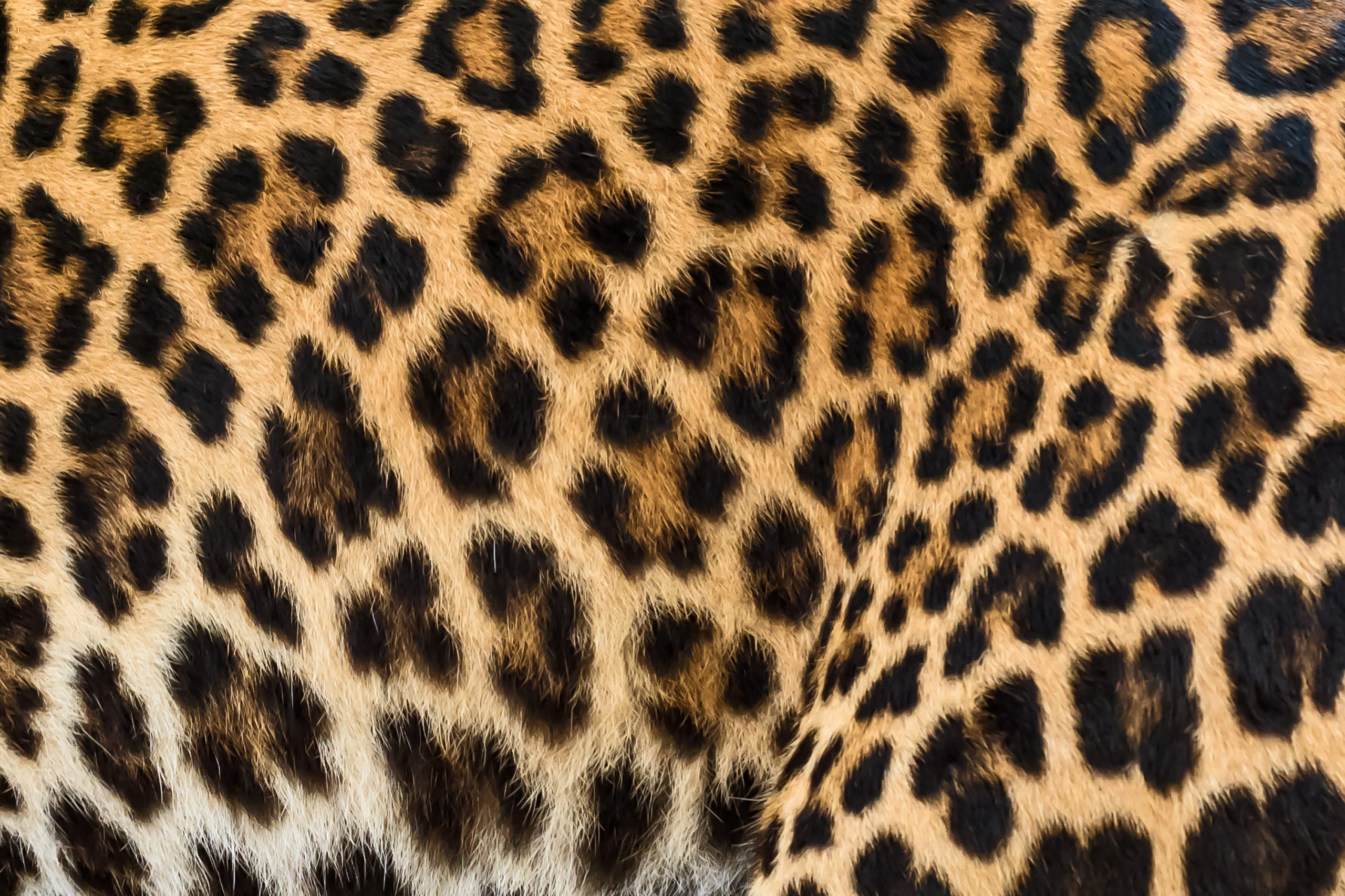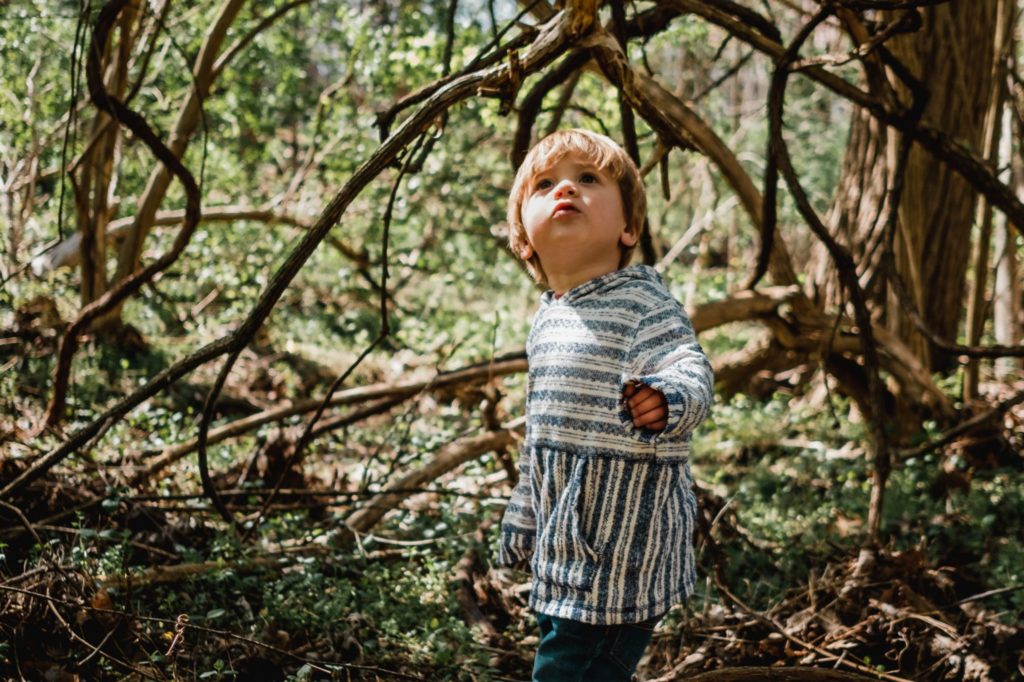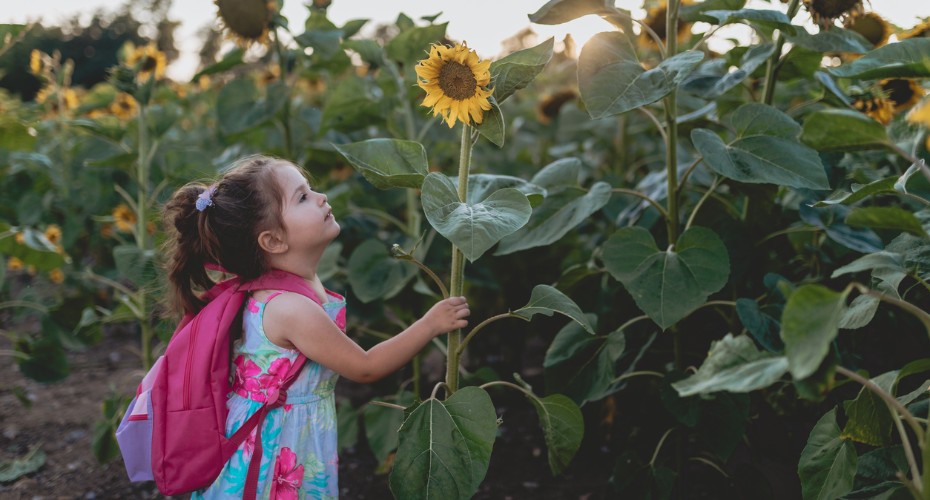Science World's feature exhibition, A Mirror Maze: Numbers in Nature, ran in 2019 and took a close look at the patterns that appear in the world around us.
Have you ever noticed that common patterns appear in plants, flowers, and in animals? When you look at your fingers or toes, do you see any similarities to a zebra’s stripes? No?
One of a scientist’s most important skills is observation. Mathematician Alan Turing was a very keen observer. Even though he is commonly referred to as the father of theoretical computer science, he didn’t just observe patterns in code and computing, he looked for patterns in nature as well.
Turing looked closely at patterns like the spots on a cheetah or stripes on a zebra. He found that many natural things incorporated patterns like spots and stripes in their development and he hypothesized that there might be a mathematical model that could connect and explain these patterns. He was particularly curious about how an embryo could develop from a few identical cells into a striped or spotted animal with specialized body parts.

Turing’s observations of embryo development inspired him to come up with a mathematical model that described how chemicals moving across embryo cells created patterns on the skin, like spots and stripes.
According to his model, a reaction-diffusion model of morphogenesis, two different kinds of chemicals diffuse through an embryo’s skin cells. One kind, the Activator, increases the concentration of both chemicals. The other, the Inhibitor, decreases the concentration of both chemicals. Where the two chemicals meet, they interact. This results in areas with lots of Activator alternating with areas with lots of Inhibitor. The size and shape of the pattern (called a Turing pattern) depends on how fast the chemicals diffuse and how strongly they interact.
In the case of spots and stripes, the activator causes cells to build up a dark pigment (the stripe or spot) and the inhibitor prevents pigment production.
Since Turing’s time, scientists have continued to observe the cellular development of animals and, in their observations, have found that Turing’s original theory about how spots and stripes develop might also apply to the development of feather buds on chickens and digits on the paws of mice. So, perhaps, we can think about our fingers and toes in the same way that we think about stripes!
What are some patterns that you have observed in nature? How do you think they got there?
Spot the illusion!
Learn more about how we see through our activity, Seeing Spots, and discover the cause and effect of an optical illusion.


